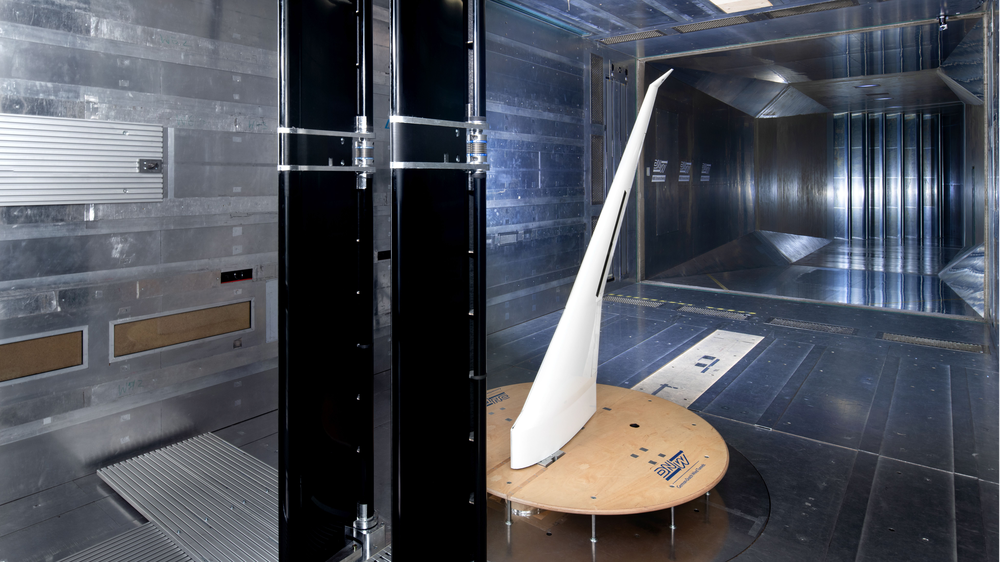oLAF: Optimal Load-adaptive Aircraft
A key driver of the weight of the transport aircraft are the loads acting on the structure. The loads are primarily generated by aerodynamics. Extreme loads arise during maneuvers, gusts or turbulence. Load alleviation methods are moving into focus to further increase the efficiency of future generations of aircraft. Such methods are of particular interest when applied on high aspect ratio wings. If it is possible to reduce the maximum loads that occur, aircraft can be built lighter, which has a positive effect on fuel consumption and emissions.
In the oLAF (optimal load-adaptive aircraft) project, the German Aerospace Center (DLR) is investigating the potential of active load alleviation on long-range transport aircraft. The term “active” means that control surfaces on the aircraft (rudders, flaps, spoilers) are deflected as soon as the aircraft is hit by gusts, flies a maneuver or experiences turbulence. Sensors in the aircraft register the resulting movement of the aircraft or deformation of the wings, and control algorithms command a deflection of the appropriate control surfaces. The Institute of System Dynamics and Control (DLR-SR) develops and validates these control algorithms.
The oLAF project is investigating the integration of load alleviation technologies into the aircraft design process so the reduction in loads is directly reflected in reduced structural weight. In addition, the impact of load alleviation on individual disciplines such as aerodynamics, aeroelasticity, flight physics or systems can be investigated. Flight dynamic simulations are used to analyze model-based control concepts.
In order to test the control algorithms developed, an aeroservoelastic wind tunnel experiment for gust load alleviation was carried out in the Braunschweig low-speed wind tunnel (DNW-NWB) as part of the oLAF project. The picture shows the experimental setup: a gust generator generates disturbances that excite the flexible wing located downstream. The wing with sweep and high aspect ratio is derived from a typical long-haul aircraft. Distributed acceleration sensors record the movement of the wing and provide the signals used in a feedback control system. The controllers command the deflection of the trailing edge flaps in order to reduce the loads induced by the gusts or turbulence at the wing root. Depending on the controller architecture, all or only some of the trailing edge flaps are utilized – for example only the two outermost flaps, which correspond to the ailerons of a transport aircraft.
PICTURE: oLAF experimental setup (photos from wind tunnel)
Two control methods were implemented and tested by SR: robust control using µ-synthesis and decentralized control with combined sensors and actuators. Both methods showed a drastic reduction in the gust-induced bending moment at the wing root compared to the uncontrolled system. This is shown in the figure below. The test provided valuable information for the further improvement of active load alleviation methods, which will be incorporated into subsequent projects.

